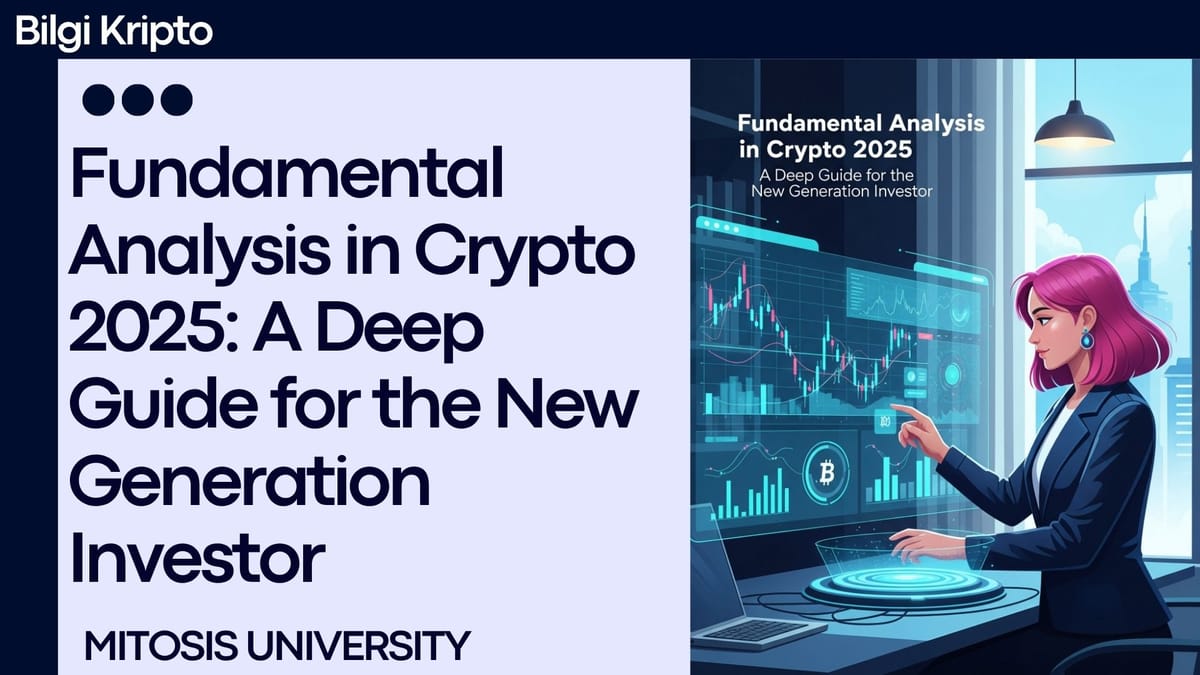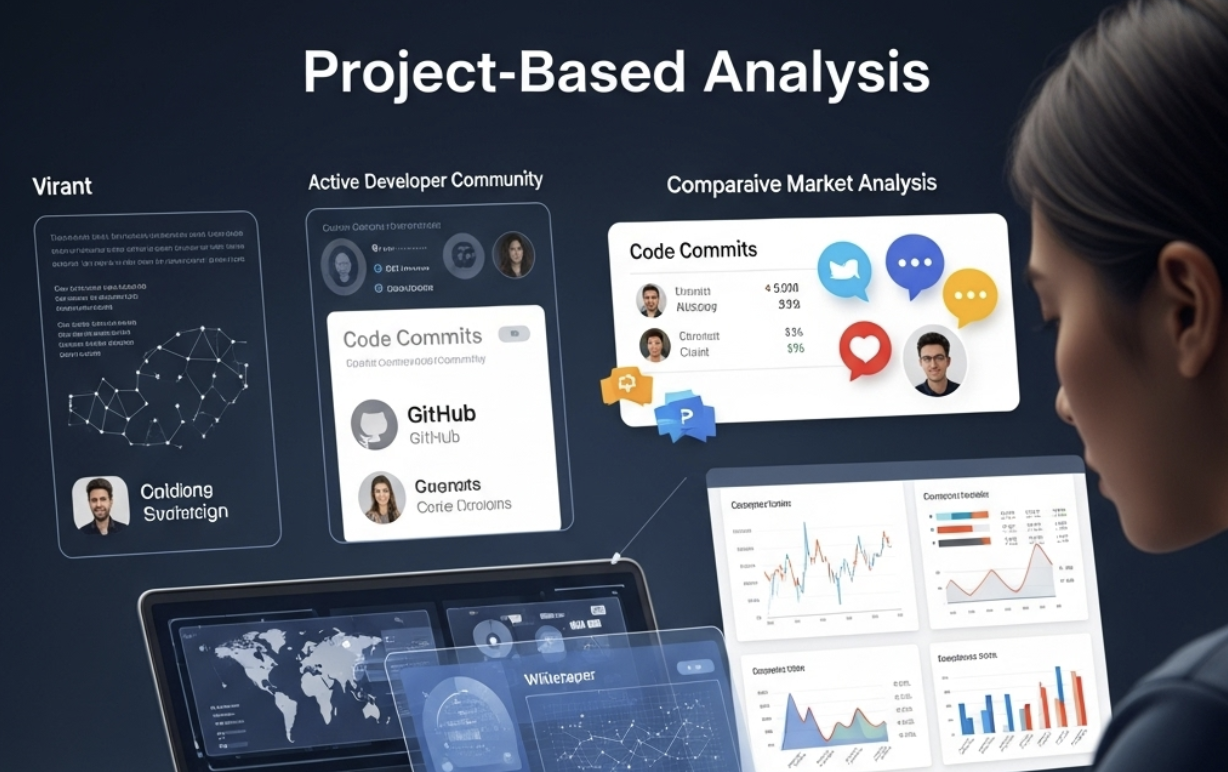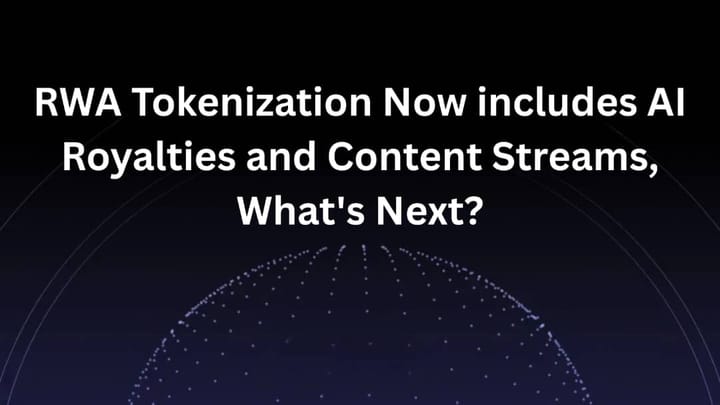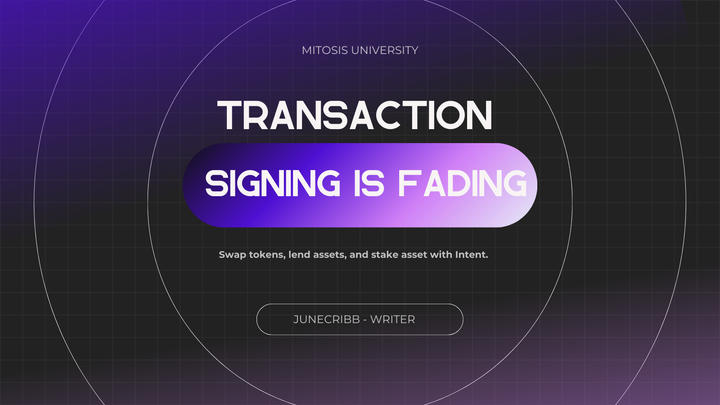Fundamental Analysis in Crypto 2025: A Deep Guide for the New Generation Investor

Introduction: The Importance of Fundamental Analysis in the Crypto World
As of 2025, the crypto ecosystem has evolved beyond being just an investment arena it's now a field of innovation that's reshaping financial systems. Making the right investments in this revolutionary space can yield substantial profits, while poor decisions often lead to significant losses.
The crypto market is extremely volatile. For this reason, investment decisions should not be based on random guesses or mere hype; instead, one must examine the project's fundamentals. This is where fundamental analysis comes into play.
Fundamental analysis helps us determine whether a crypto asset is overvalued or undervalued by evaluating its idea, technology, team, community, economic model, and real-world use cases. While technical analysis is often used for short-term price predictions, fundamental analysis is the backbone of long-term strategies.
What Is Fundamental Analysis? Why Is It Different in Crypto?
Fundamental analysis has been a long-standing method in traditional stock markets. However, in crypto, it becomes much more complex and multifaceted. This is because crypto projects often operate in decentralized structures, rarely publish financial reports, and their value is mostly based on adoption and utility.
Key Differences in Crypto Fundamental Analysis
- Traditional companies publish income statements and profit/loss reports. In crypto, we rely on on-chain data.
- In stock markets, board reports are essential. In crypto, open-source code and community governance are key.
- Every token has a unique tokenomics model, directly impacting its value.
Understanding these differences is critical for accurate analysis. Knowing why a project exists and how it generates value reveals its long-term potential.

On-Chain Data: The Reality on the Blockchain
Since crypto projects operate on blockchain networks, transactions are transparent and traceable. This provides investors with powerful data to analyze user behavior, network activity, and adoption levels.
1. Transaction Count and Volume
A high number of transactions and volume signals an active network. However, caution is needed some projects inflate these numbers with fake or spammy activity.
Example: Between 2023 and 2024, many zk-rollup projects were flooded with transactions from users trying to farm airdrops. To assess whether the usage is real, check the transaction fees paid per transaction.
2. Number of Active Addresses
The number of unique addresses interacting with the network shows adoption. But since one user can create hundreds of addresses, this metric alone isn't sufficient. Wallet clustering analysis is necessary for accurate insight.
3. Transaction Fees
In networks like Ethereum, high fees reflect intense usage and demand for block space. As of 2025, the rise of L2s (Layer-2 solutions) has lowered L1 fees, so it's also important to look at L2 activity (e.g., Arbitrum, Optimism).
4. Hashrate & Staking Ratio
In Proof of Work (PoW) systems, a higher hashrate indicates better security. In Proof of Stake (PoS) systems, the amount of tokens staked shows the community’s trust and long-term commitment.
Project-Based Analysis: Understanding the Soul of a Token
On-chain data is not enough. To truly understand a project’s identity and vision, project-based analysis is crucial.
1. Whitepaper Review
The whitepaper is a project’s business plan. It outlines the token’s use case, technology, target audience, economy, and roadmap. In 2025, some projects have enriched this document with video whitepapers or interactive dashboards.
Tip: If a project has no whitepaper at all, that’s a serious red flag.
2. Team and Developer Activity
Who is building the project? What are their past experiences? Is there consistent development on platforms like GitHub?
Example: Celestia, since 2023, has consistently increased its number of active developers, boosting trust through regular open-source updates.
3. Community Strength
Is the project’s Discord, Telegram, or Twitter community active? Are users only there for airdrops, or are they contributing volunteers genuinely engaged with the project?
4. Competitor and Market Analysis
Compare the project with others solving similar problems. Consider market size, user adoption, and integration with other players to assess competitive strength.

Tokenomics and Financial Structure
The total supply, distribution model, and utility of a token directly impact its market value. Here are the essential metrics to analyze:
1. Market Cap
Market Cap = Price × Circulating Supply. But beware—some projects keep the circulating supply low to artificially inflate prices.
2. FDV (Fully Diluted Valuation)
FDV shows the value based on total token supply. In projects with high token lock-up, the gap between market cap and FDV can be huge. This difference will close as tokens are unlocked.
3. Token Allocation and Unlocks
How many tokens are allocated to investors, the team, and the community? When will these tokens unlock? As of 2025, some projects now provide weekly unlock schedules transparently.
Tools: Use platforms like TokenUnlocks or VestLab to track unlocks in real time.
Indicator-Based Metrics: Advanced Financial Analysis
Some indicators help determine whether a token is overvalued or undervalued.
1. NVT Ratio
Market Cap / Transaction Volume. A high ratio may suggest the token is overpriced relative to usage.
2. MVRV Ratio
This compares market value to realized value. An MVRV below 1 often signals undervaluation or accumulation zones.
3. Stock-to-Flow
A measure of scarcity by comparing total supply to annual production. It’s been popular for Bitcoin but lost reliability in 2024–2025 due to macroeconomic and regulatory shifts.
Tools for Fundamental Analysis: What to Use in 2025?
Using the right tools can make a major difference. Here are some of the best platforms:
- Glassnode: Offers comprehensive on-chain analytics with visual dashboards.
- TokenUnlocks: Tracks token vesting schedules and unlock data.
- Messari: Offers financial data, whitepaper summaries, and investor-focused insights.
- DefiLlama: Ideal for monitoring TVL (Total Value Locked) in DeFi protocols.
Conclusion: Investing Without Fundamentals Is Blind Risk
The crypto space in 2025 is more complex, more competitive, and more professional. In this environment, those who invest in solid projects not just hype are the real winners.
Fundamental analysis helps you evaluate a project’s idea, economy, technology, competitors, and user base. When combined with technical analysis, it transforms you from a short-term speculator into a long-term investor.
Before investing, always ask: Why does this project exist, whose problem does it solve, and how exactly does it solve it?



Comments ()